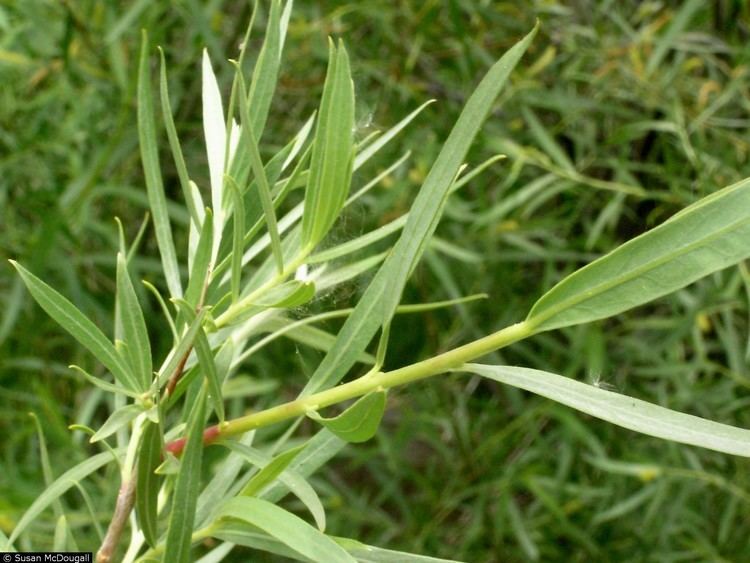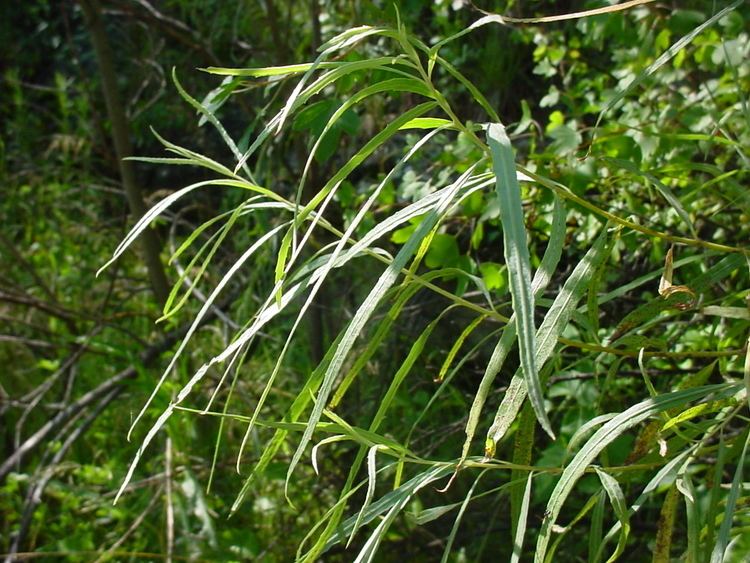Scientific name Salix exigua Rank Species | Genus Salix Higher classification Willow | |
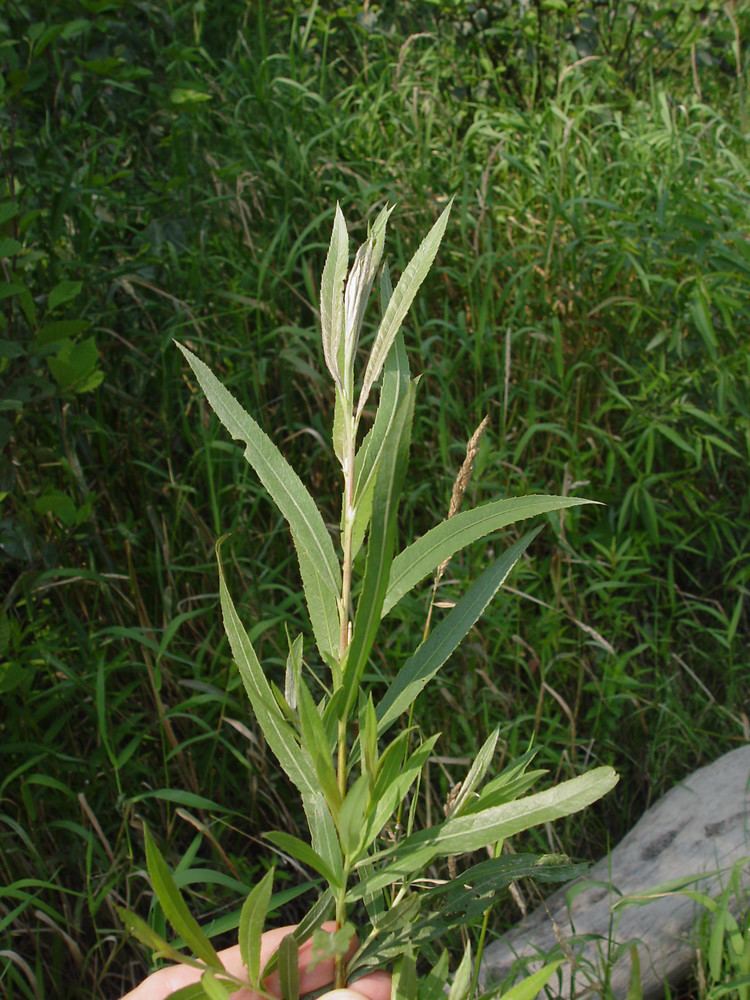 | ||
Similar Willow, Salix amygdaloides, Salix bebbiana, Salix gooddingii, Salix lucida | ||
How to identify coyote willow salix exigua colorado botany
Salix exigua (sandbar willow, narrowleaf willow, or coyote willow; syn. S. argophylla, S. hindsiana, S. interior, S. linearifolia, S. luteosericea, S. malacophylla, S. nevadensis, and S. parishiana) is a species of willow native to most of North America except for the southeast and far north, occurring from Alaska east to New Brunswick, and south to northern Mexico.
Contents
- How to identify coyote willow salix exigua colorado botany
- Day of harvesting salix exigua sandbar willow
- Uses
- References
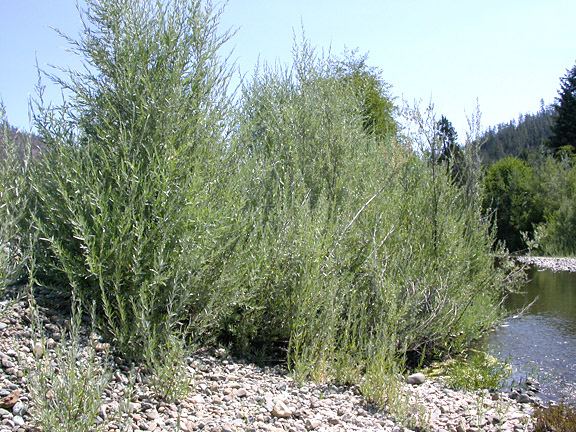
It is a deciduous shrub reaching 4–7 m (13–23 ft) in height, spreading by basal shoots to form dense clonal colonies. The leaves are narrow lanceolate, 4–12 cm (1.6–4.7 in) long and 2–10 mm (0.079–0.394 in) broad, green, to grayish with silky white hairs at least when young; the margin is entire or with a few irregular, widely spaced small teeth. The flowers are produced in catkins in late spring, after the leaves appear. It is dioecious, with staminate and pistillate catkins on separate plants, the male catkins up to 10 cm (3.9 in) long, the female catkins up to 8 cm (3.1 in) long. The fruit is a cluster of capsules, each containing numerous minute seeds embedded in shiny white silk.

The two subspecies, which meet in the western Great Plains, are:
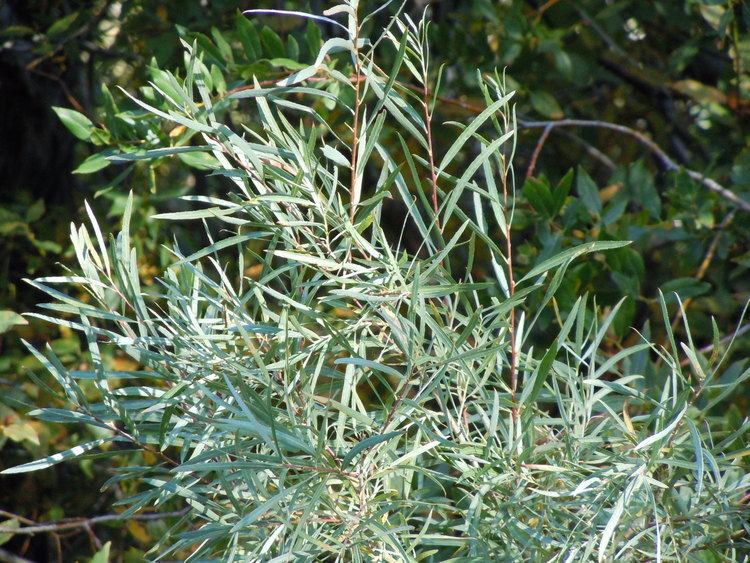
It is considered a threatened species in the eastern United States in Connecticut, Maryland, and Massachusetts.
Day of harvesting salix exigua sandbar willow
Uses
This willow had many uses for Native Americans; the branches were used as flexible poles and building materials, the smaller twigs were used to make baskets, the bark was made into cord and string, and the bark and leaves had several medicinal uses. The Zuni people take an infusion of the bark for coughs and sore throats.
